New local NAACP board focuses on health equity, housing, elected school committee
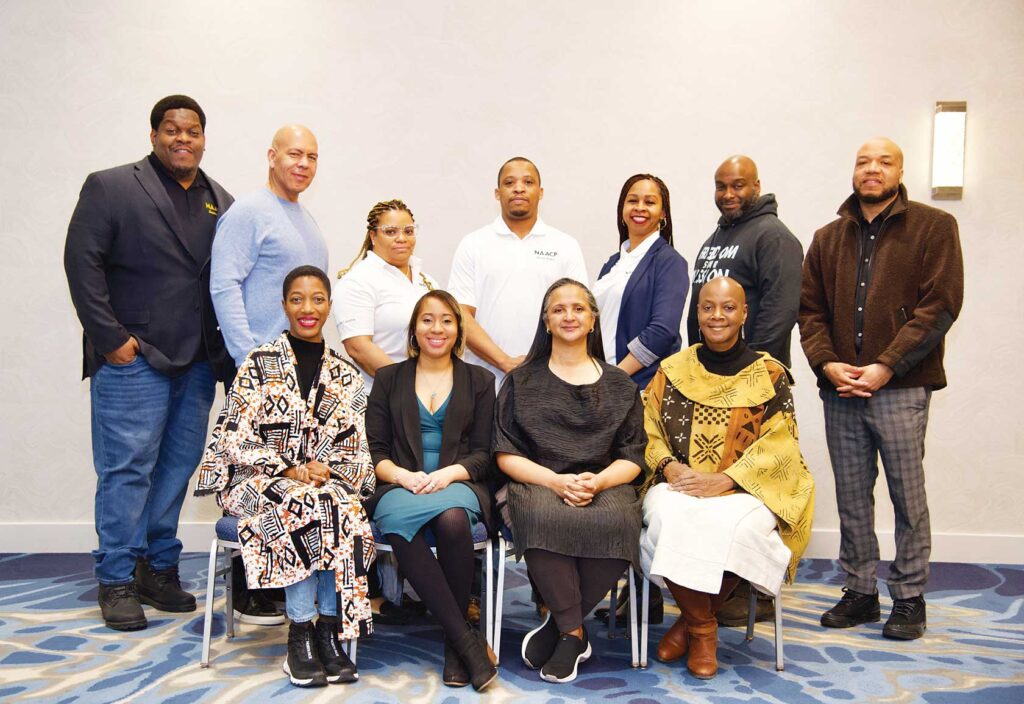
In January, the federal administration was not the only one that shifted. Locally, the Boston branch of the NAACP saw a changing of the guard, as it welcomed new members to its executive committee.
Now, as that executive committee stares down a shifting federal landscape under the Trump administration, and in the midst of persistent local disparities, they have identified three central priorities, said Royal Smith, the branch’s new president: health equity, Black homeownership and a continued push to return Boston Public Schools to an elected school committee.
“This is what we were kind of highlighting, because these are the issues of right now,” Smith said.
They’re also the issues that will keep the branch — the oldest local charted group in the NAACP — moving forward.
“We’re going on 115 years. How do we last another 100?” he asked.
Specifics around those goals largely remain to be determined. First, the branch plans to connect with community members and put together a “report card” focused on equity and opportunity in the city. He pointed to previous reports produced by the branch in the last 10 years.
One, published in 2017, covered economic development, education, public safety and staffing diversity, particularly in the mayoral administration of Marty Walsh, over the course of almost 170 pages.
“It all starts with that assessment, right?” Smith asked. “Getting the folks together, seeing what’s going on, hearing from the people — really hearing from the people.”
Elected school committee
Whether or not to have an elected school committee has been a debate in the city for years. Currently, all members of the committee are appointed by the city’s mayor. Boston previously had an elected school committee; it was replaced by an appointed one in 1992.
In 2021, the question went to voters across the city in a nonbinding ballot question. At the time about 79% of voters said they would like to see the city return to electing the members of Boston Public Schools’ governing body.
Smith said that switch would bring more “real-life lived experience” to the body, which is tasked with defining the district’s goals and operating budget, reviewing policies, and hiring the superintendent.
The current school committee was appointed by Mayor Michelle Wu — a structure some critics say could introduce a level of sway from mayoral priorities to the committee, if members feel beholden to the city’s leader to keep their position on the body.
Supporters of an appointed school committee have said that the model better supports stability and a focus on long-term goals, and have suggested that an elected committee might be more beholden to political pressure and efforts to be reelected than to actual improvement.
During her run for mayor, Wu offered support for a hybrid model — with a majority of members of the committee elected while others would be appointed by the city’s top executive. She has opposed a fully elected body.
In 2023, when the Boston City Council voted 7-5 to pass a proposal that would have switched the school committee’s membership to a fully-elected model, Wu vetoed the measure. At the time, she said in a letter to the council that she thought the switch would “compromise our ability to stabilize and support the Boston Public Schools in this critical period.”
The district has, in recent years, faced transportation issues and poor MCAS test scores that triggered fears of a receivership for the district — a possibility that was ultimately averted.
Six of the Boston City Councilors submitted a new measure seeking to switch the committee’s make-up to an elected body in January.
In its support for the elected committee, Smith pointed to the broad support the measure received on the 2021 ballot.
“The people wanted this,” Smith said. “When you’re going through something, you feel a little better if you know that the persons or person making decisions for you, can relate to you.”
Rufus Faulk, the branch’s new vice president, said as the branch looks to advocate an elected committee, he wants to make sure that the branch considers historical lessons and other factors, like a record of low voter turnout from Boston’s Black community, so that the committee is “inclusive to all of the voices within the city of Boston.”
“We want to make sure that there’s enough education going around where residents are as enthusiastic about the elected school board as we are,” Faulk said.
Health Equity
When it comes to the branch’s priority around health equity, Lucy Lomas, the branch’s new health committee chair, said she anticipates addressing the branch’s goals through a handful of efforts.
Those initiatives will include steps like educating community members about health disparities, providing connections to resources that exist around health and health care access, and providing information about general health information.
Lomas also said the group will promote efforts from the national NAACP, like its Ace Your Health survey, which is largely focused on trends around social determinants of health — outside-of-hospital factors like access to healthy food, quality health care, housing transportation and greenspace.
For a branch agenda that has such a strong focus on education, growing trends of health misinformation at the federal level are “definitely focusing into my lens and how I see it being a really important priority,” Lomas said.
Last week, U.S. Health and Human Services Secretary Robert F. Kennedy Jr. sent congressional lawmakers a document explaining his recent changes in the country’s COVID-19 vaccine policy. According to reporting by NPR, health experts have called that document, which relies on scientific studies that are unpublished or under dispute, “medical disinformation.”
Last month, Kennedy’s “Make America Healthy Again Commission” released a report that was found to contain citations to studies that don’t exist.
Smith said the group plans to focus on issues specifically around mental health and life expectancy — both issues that have been on the radar of equity-focused efforts in recent years.
Last year, the Boston Public Health Commission launched its Live Long and Well Agenda, an effort aimed at closing life expectancy gaps in the city, like a 23-year gap the commission identified between one census tract in Back Bay and another two miles away in Roxbury. That effort is focused on targeting cardiometabolic diseases, opioid overdoses and preventable cancers by addressing things like social, economic and environmental factors.
At a state level, the Executive Office of Health and Human Services launched its Advancing Health Equity in Massachusetts plan, announced in January 2024. That effort also aims to decrease disparities in life expectancy, with targeted efforts around maternal health and, like the Boston effort, cardiometabolic diseases.
Lomas said she’s thinking about both of those initiatives, and how they can intersect with the work that the NAACP branch is doing. Ongoing city and state efforts make her hopeful, she said.
“It’s our job as the branch to figure out how we fit in and how we can help our branch members just amplify their work so that they know what’s being done,” Lomas said.
The work, broadly, is a “really challenging truth,” she said, and leaves the branch and its health committee with a hefty workload.
Housing access
When it comes to the branch’s housing goals, Smith said addressing Black homeownership and housing costs is an important step to keep communities of color strong and to avoid the negative impacts that gentrification could cause on businesses.
It’s a need that he said is especially true given the high cost of housing in the state.
“Home ownership, that’s a big indicator, but the lower-hanging fruit in that is housing,” Smith said. “This is one of the most expensive places, if not the most expensive place in the United States.”
According to data from Zillow, earlier this year, Massachusetts clocked in with the third highest median home value, after only Hawaii and California, at $635,252.
Faulk said those efforts are tied, as well, to economic development measures to make sure Black residents can afford to be homeowners, a push he said is centered in connecting communities of color to booming industries in the region.
“I think, oftentimes, when we think about housing, we think about it strictly around this lens of affordable housing,” said Faulk. “But a portion of this also has to be, how are we making sure that Boston’s Black residents, Black population, are able to earn a living wage or be able to increase their earning potential so that they can withstand any rises or dips in the housing market?”
That work, he said, will include connecting residents to existing programs aimed at bringing in more residents of color into some of those industries, like a push in recent years to diversify the life science industry of the climate tech space. Or supporting residents in being a part of the hospitality industry as it bounces back from the COVID-19 pandemic.
“We’re not going to be able to be all things, but we want to make sure in our partnership spaces, we are partnering with organizations and individuals who are in the space of doing this work,” Faulk said.
Community connection
Beyond its three main focus areas, Smith said he has a goal of engaging with more people face-to-face, something he said is especially important to him as the group begins its outreach and research on the report card it intends to create.
Smith said that the group is looking to use this summer to “talk with people — not through Facebook, not through any of these mediums, but really listen to the stories of what’s going on and what’s really affecting our neighbors, our brothers, our sisters.”
Connecting with community members was a priority Lomas and Faulk also listed, with intentions of making sure that residents know about the various programs around those focus areas — like equitable access to health or home ownership — that the branch is focused on.
Smith said he sees that kind of community connection as a longstanding piece of how the NAACP works, which has allowed the group to do “unbelievable things.”
“When you convene, when you’re building your community, you’re knowing what your neighbor’s doing; you’re being one in the same fight,” Smith said.

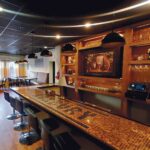


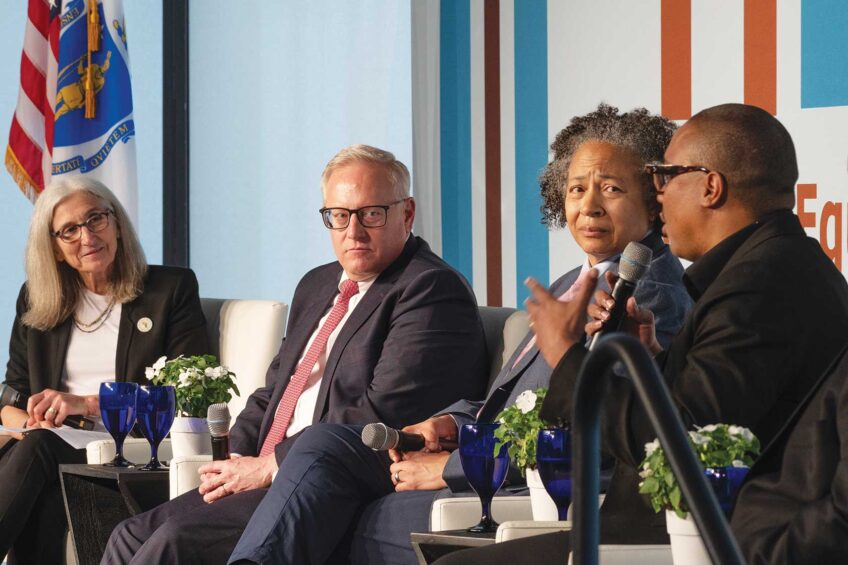
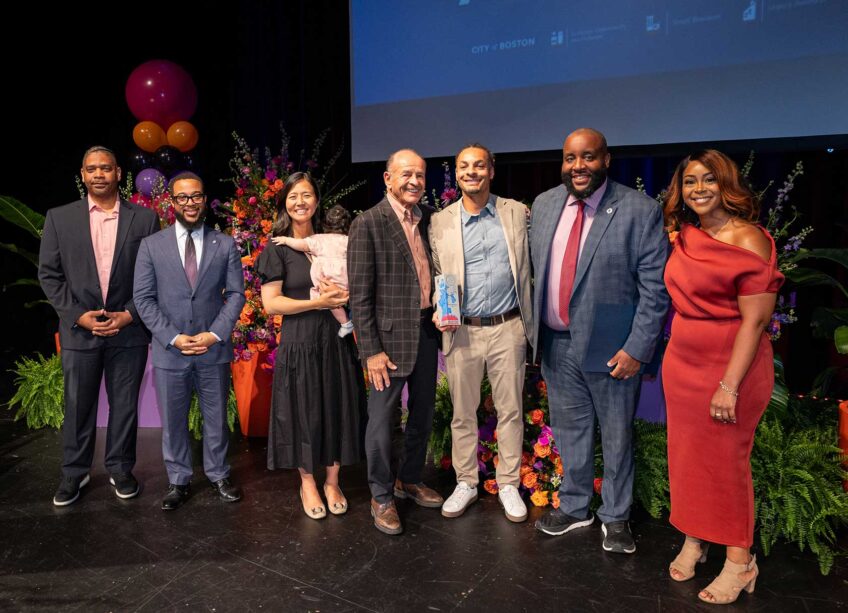
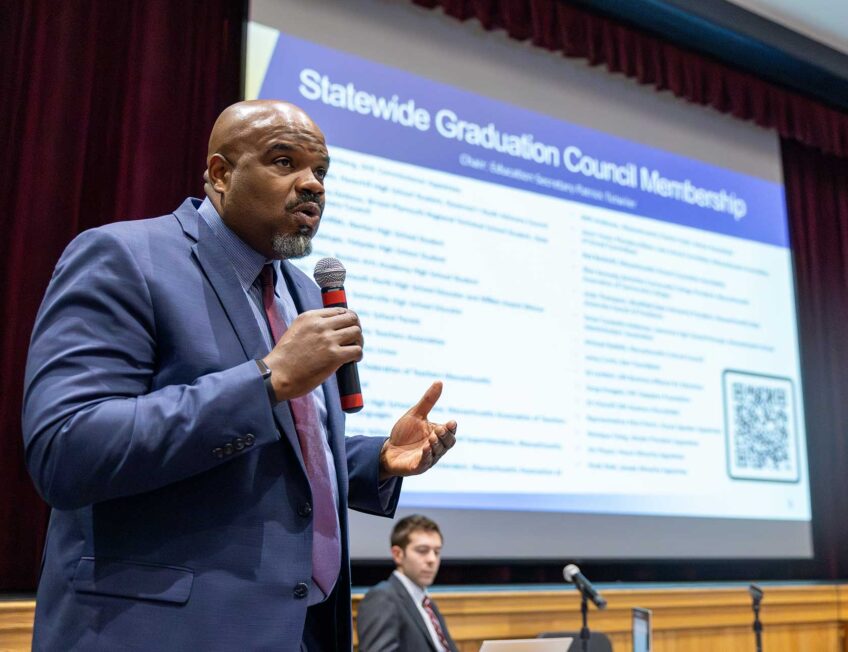
Leave a Reply
You must be logged in to post a comment.